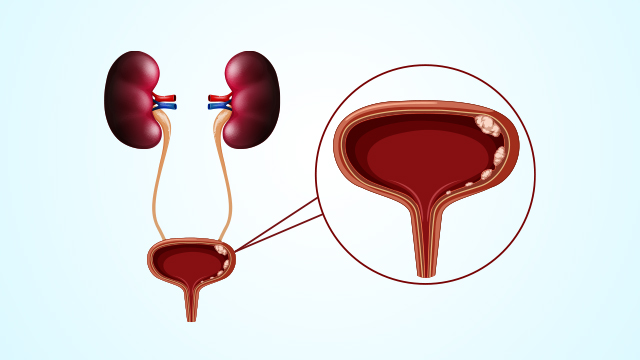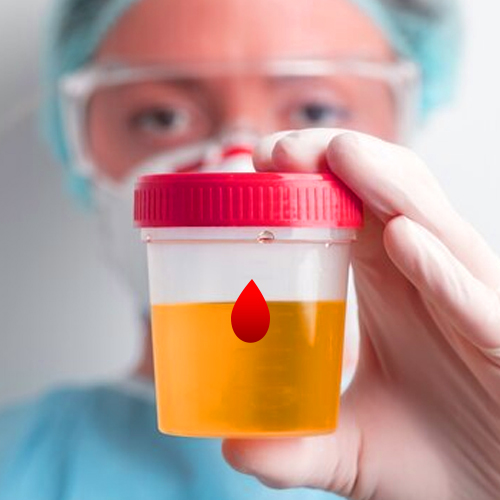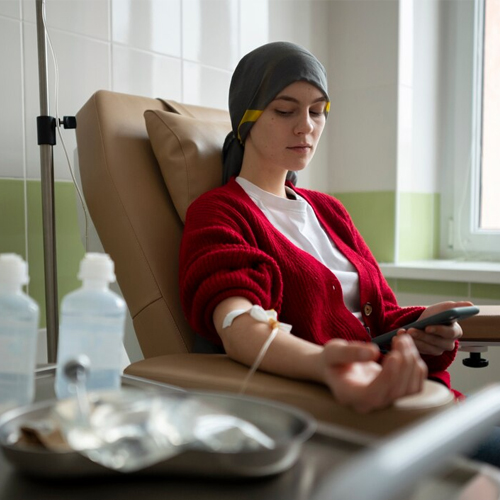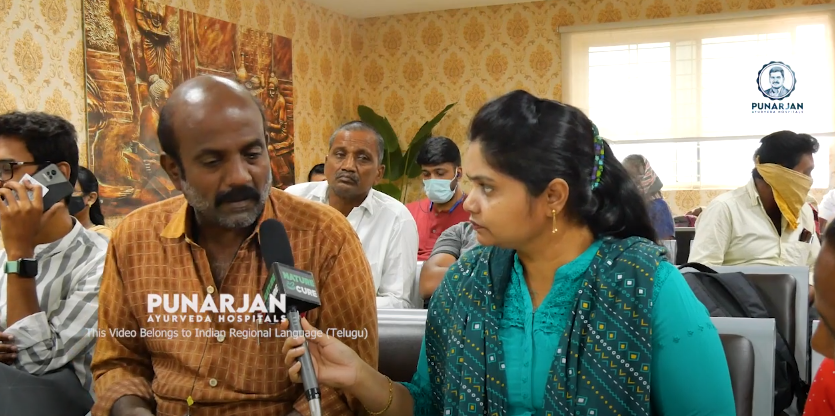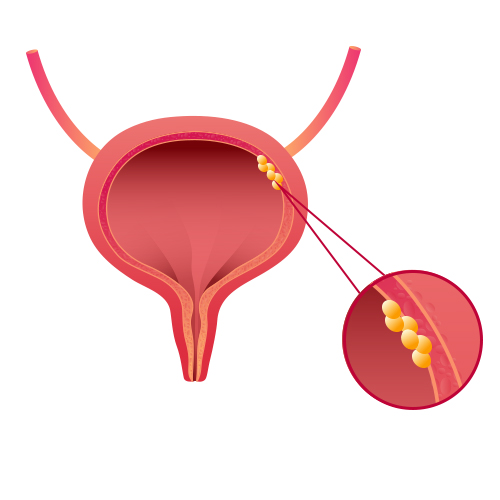
Transitional cell carcinoma (TCC)
It is the most prevalent type of bladder cancer, accounting for around 90% of all cases. It originates in the urothelial cells lining the inside of the urinary tract, including the bladder.
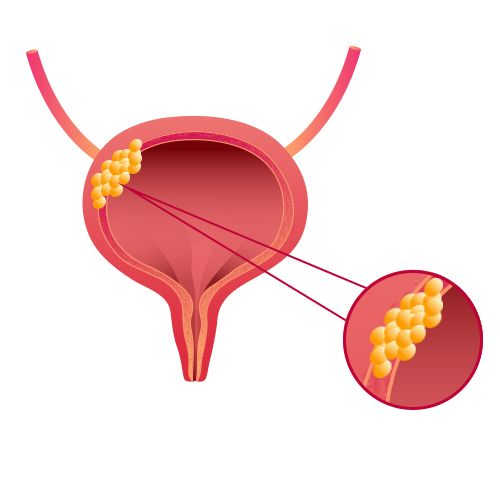
Squamous cell carcinoma
This type of blood cancer is less common than TCC, accounting for about 3-5% of the cases. It typically develops in response to chronic irritation and inflammation of the bladder, often due to conditions such as urinary tract infections, bladder stones, or long-term use of catheters.
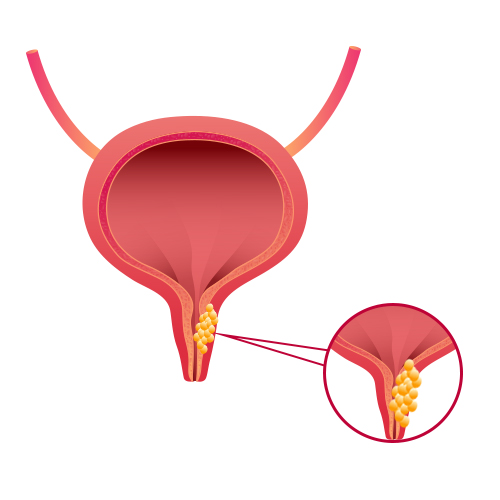
Adenocarcinoma
This form of cancer is relatively rare, accounting for only 1-2% of the cases. It originates from the glandular cells within the bladder lining and is often associated with chronic irritation or inflammation.

